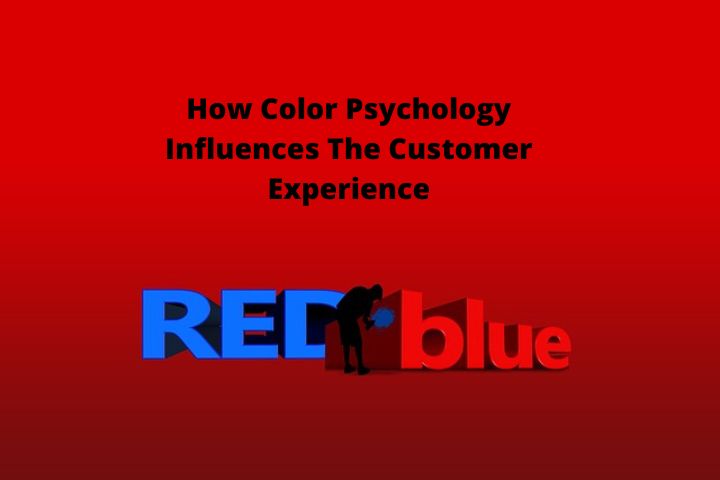Color Psychology : When entering a business, there are many factors that influence our decision making and how our customer experience will be. One of them is the colors of the store and the products themselves , although at first you may think that it is a purely aesthetic and superficial issue. However, the impact of color psychology on the customer experience is important.
People are visual beings and they influence us. 95% of customers asked about this issue stated that color definitely influences how they feel in the trade and that it affects the type of emotions they may have.
Colors connect people with brands , dictate the look and feel, express identity and create the personality of a brand. These manipulate our decisions, impact our emotions and change the perception of a product or service. Each color elicits a different emotional response , so the right color unleashes a buying impulse. This has been much analyzed in the so-called neuromarketing.
Color can guide, highlight and create a certain atmosphere through the right combination of shades, composition and design of the store. What can colors be used for? For example, a great contrast can mark a specific path to guide you , just as it can define a composition that impacts and creates a surprising effect on the consumer. On the other hand, the mixture of neutral colors can, for example, create sophisticated and high-level environments.
Table of Contents
What Is Color Psychology?
Color psychology is the study of how color affects human behavior and is a branch of the broader field of so-called behavioral psychology. What is it based on? This science dictates that we feel color and that each has an important influence on our moods and mentals.
Therefore, color psychology is avital field of study for leaders, entrepreneurs and other profiles who want to know how to influence the rest. Color is critical and the success of a brand depends on how it is used. This is very important in the new experiential marketing .
In all your messages, always test your designs, play with color, and try to find connections between your audience and what your brand stands for. Keep in mind that the meaning of each color may vary in each culture and circumstance. Factors such as past experiences, culture, religion, environment, gender, race, and nationality can have different physiological and emotional effects on each person. Don’t forget that colors are decisive to send the right message and persuade the customer, since they influence direct messages, values and attributes of the brand.
The Persuasion Of Color
The appeal of a brand is the main influence on a customer’s purchase decision. In fact, the color and appearance of the product affect the purchase decision by 93%.In addition, science shows that the proper use of color increases brand recognition by 80%.
For these reasons, when a consumer approaches a product or service that has their favorite color, most of the purchase decision is already decided. Therefore, color psychology is a determining factor in the customer experience. If you want to know the different shades of each color and which one best represents your brand, you can consult them in pantone
What Does Each Color Convey?
Red is the color of passion, anger and love. It is used to stimulate the consumer and get their attention. It is used to stimulate people to make quick decisions , although it also has an erotic component or is associated with energy or danger. It should not be excessive, as it can be very aggressive and cause rejection.
Green can be considered the color of spring and nature , in addition to being associated with health, as we see in pharmacies. The advantage of its use is that it is a fresh and dynamic color. The possible evocation of boredom or stagnation is its negative point.
Blue, beyond culture and its origin, is a color considered as the color of strength, truth and happiness , so its use is very common. Blue is a color that is considered beneficial for mind and body. It decreases human metabolism, produces a calming effect and emits safety. Several banks, hospitals and Facebook like to use the color blue to demonstrate confidence to their customers.
Yellow is the first color recognized by the human eye. In addition, it is the color of light, associated with enthusiasm and positivity. It is hot and expresses extroversion, although it can evoke anxiety, irrationality or fear. Yellow is usually perceived as a carefree and unstable color, so it is not recommended to use it to sell prestige or expensive products.
Black, on the other hand, is a mysterious color associated with fear, the unknown and usually has a negative connotation. However, it is also an elegant and prestigious color, used by luxury or fashion brands.
Neutral colors such as white, gray or beige convey calm, security and elegance. This range of colors is universal and timeless, so they are always a good choice. White, in particular, is considered the color of perfection, a new beginning and is the representative color of faith , so it is taken into account within color psychology to persuade the client.
